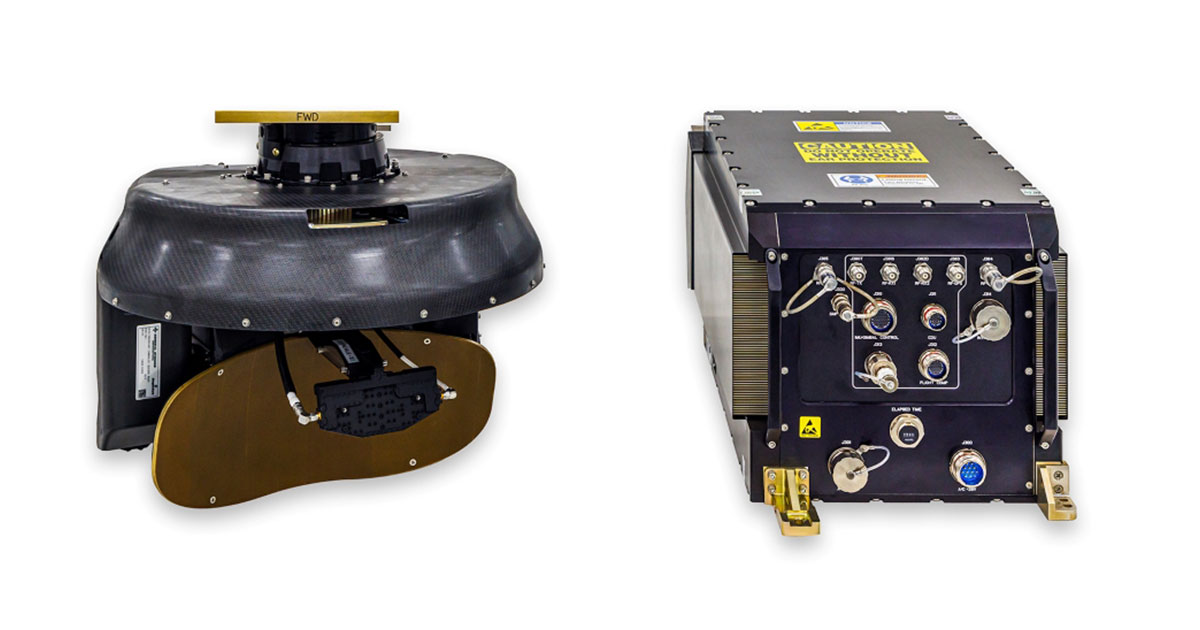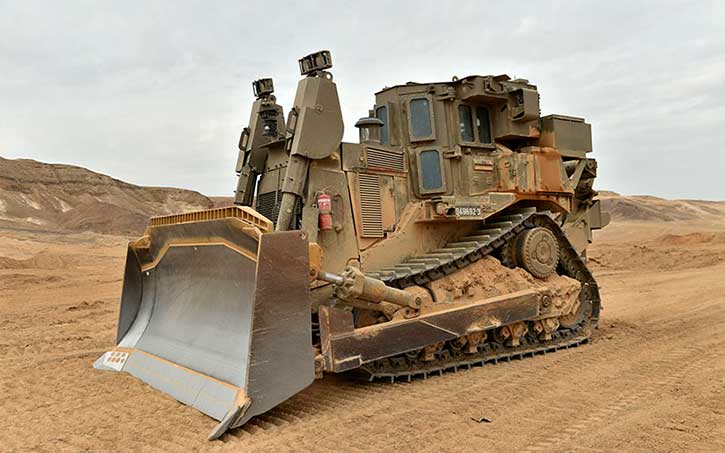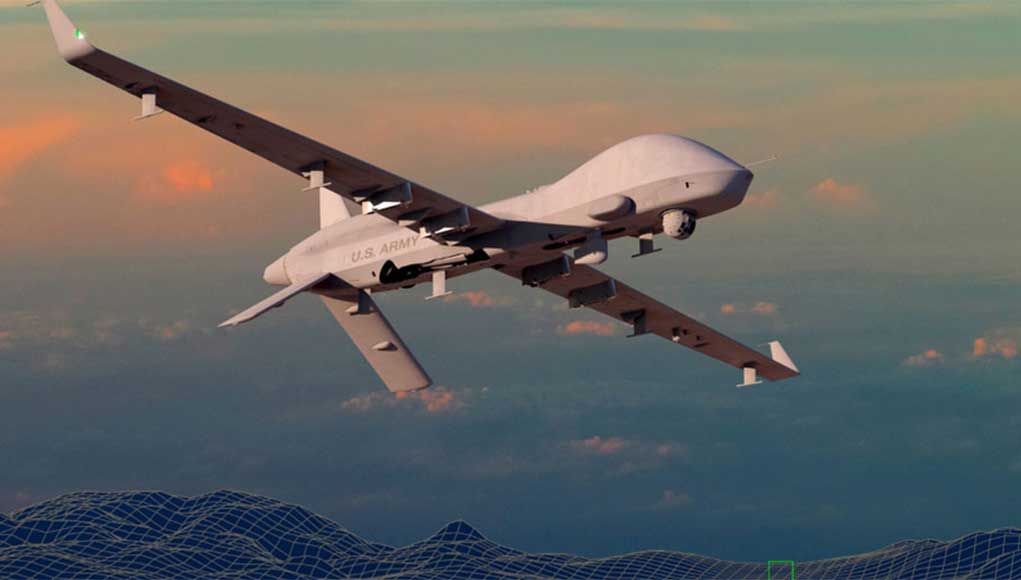Following is the Defense-Update unmanned systems news summary for the current week.
 General Atomics’ EagleEye Enters Production
General Atomics’ EagleEye Enters Production
General Atomics Aeronautical Systems, Inc. (GA-ASI) has announced the production of its first EagleEye multi-mode radar, set to enhance the U.S. Army’s Gray Eagle Extended Range Unmanned Aircraft Systems capabilities. This radar is designed to provide high-resolution imagery through various atmospheric conditions and is a critical component of the new Gray Eagle 25M UAS. The EagleEye radar features improved range and multi-mode performance, tailored for Multi-Domain Operations (MDO), and includes advanced technologies such as Synthetic Aperture Radar (SAR) and real-time AI/ML software for enhanced target detection. The development of EagleEye represents a significant advancement in radar technology, offering capabilities such as Moving Target Indication (MTI) and Maritime Wide Area Search (MWAS) mode for tracking vessels. This radar system supports the U.S. Army’s strategic goals, particularly in the Indo-Pacific region, and is expected to improve situational awareness and operational effectiveness in various global theaters.

Maiden Flight of the Model 437 Vanguard
Last week, Scaled Composites performed the first flight of its Model 437 Vanguard experimental aircraft, demonstrating Northrop Grumman’s digital pathfinder wings. The Model 437 Vanguard is a crewed variant of the original concept powered by a single Pratt & Whitney 535 engine with approximately 3,400 pounds of thrust. The aircraft has a wingspan of 41 feet and is 41 feet long with a gross takeoff weight of 10,000 pounds. Northrop Grumman defined, developed, built, and verified the removable wing assemblies using advanced digital tools and processes as part of their Digital Pathfinder effort. The aircraft will have a range of approximately 3000 nautical miles and an endurance of 6 hours. It can carry up to 2,000 pounds of payload in multiple locations, including an internal weapons bay sized to accommodate two AIM-120s. While flown by a pilot, the aircraft will likely serve as a testbed of collaborative combat aircraft, acting as a loyal wingman for other combat aircraft.

Allen Control Systems’ Bullfrog Counter-Drone System
Allen Control Systems (ACS) has successfully demonstrated its Bullfrog counter-drone robotic gun system at the U.S. Department of Defense Technology Readiness Experimentation 2024. The Bullfrog system autonomously performs a counter-drone kill chain capable of executing the full detect, track, identify, and defeat process. It integrates advanced software, computer vision, and AI with a standard machine gun to target and destroy drones.
 New VTOL Drone from Attis Aviation
New VTOL Drone from Attis Aviation
Israeli defense technology company Attis Aerospace Systems has announced the development of a new ROC unmanned aerial system (UAS) designed for Vertical Take-Off and Landing (VTOL) and forward flight missions. This innovative system aims to enhance the integration of VTOL UAVs into civilian and military airspace, addressing the growing demand for unmanned aircraft operations in various sectors. The ROC system is being developed to provide a comprehensive solution for remote piloting of VTOL UAVs, incorporating advanced features such as real-time situational awareness, secure communication links, and intuitive control interfaces. This technology is expected to improve the safety and efficiency of UAV operations, particularly in complex airspace environments. Attis Aerospace Systems’ initiative reflects the ongoing efforts in the aerospace industry to develop sophisticated control systems that can facilitate the seamless integration of unmanned aircraft into existing air traffic management frameworks, potentially opening up new applications for VTOL UAVs in both civilian and military domains.

Israeli Remotely Controlled Armored Vehicles Debut in Combat
The Israel Defense Forces (IDF) have introduced a new capability by converting M113 armored personnel carriers and D-9 bulldozers into remote-controlled vehicles. This approach allows the IDF to operate these armored vehicles without putting personnel at risk, particularly in dangerous combat zones. The conversion process involves retrofitting the vehicles with remote control systems while maintaining the option for manned use when necessary.
For weekly more news by topic, refer to the following reports:






















